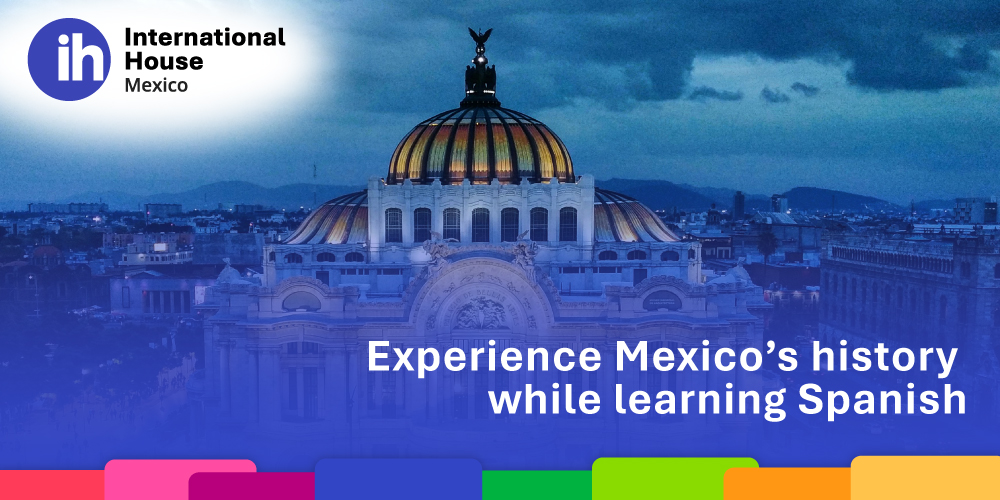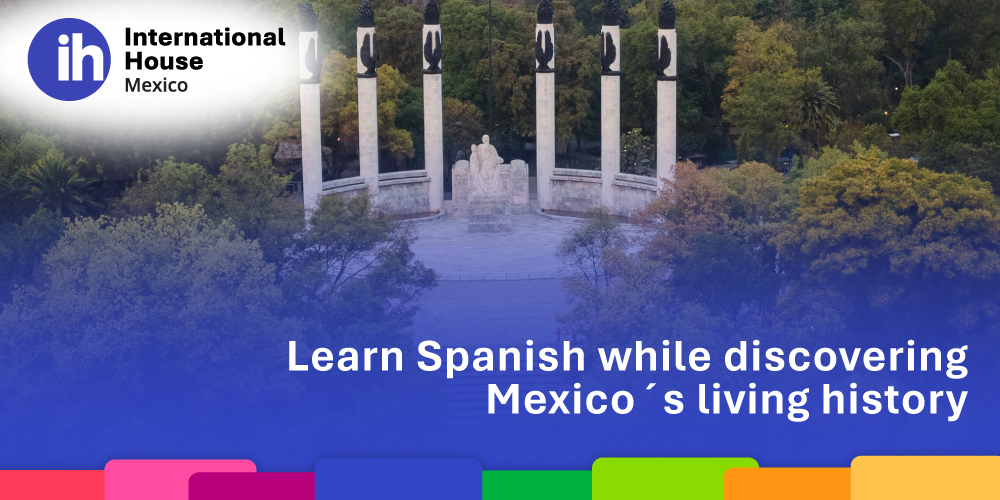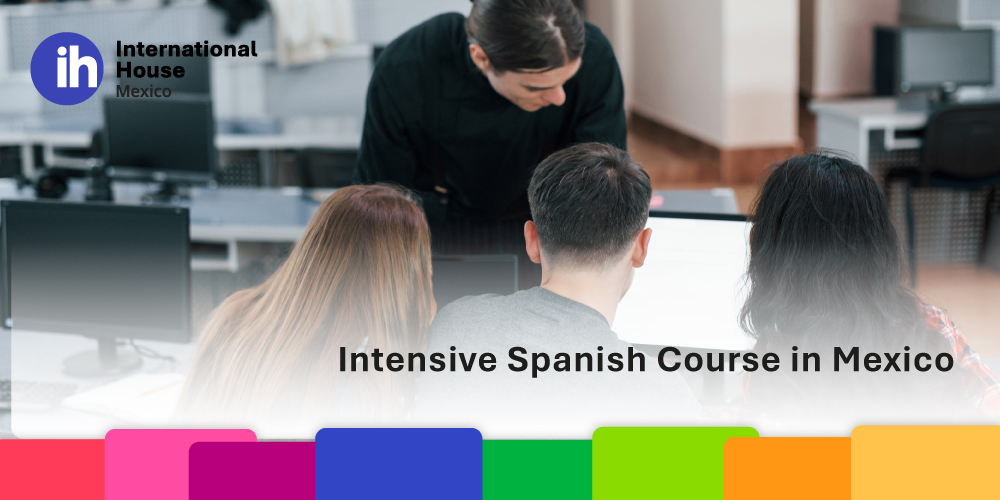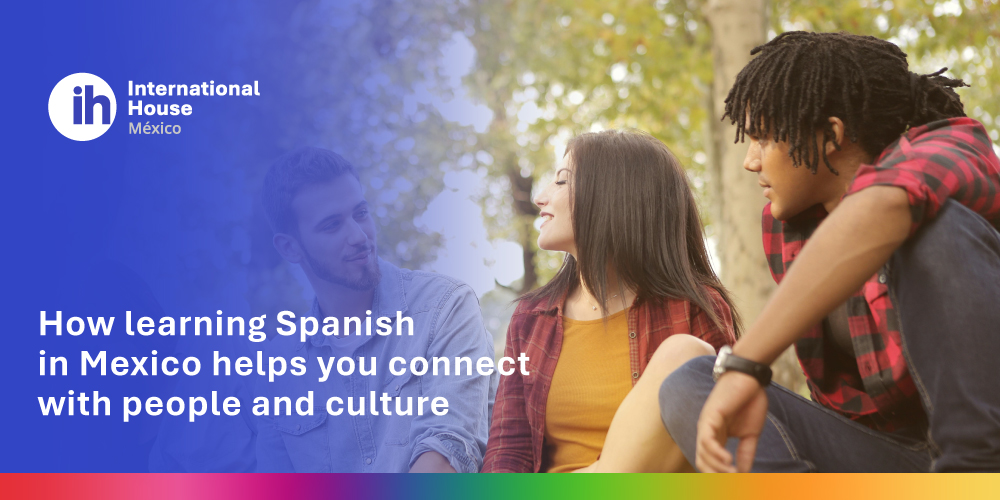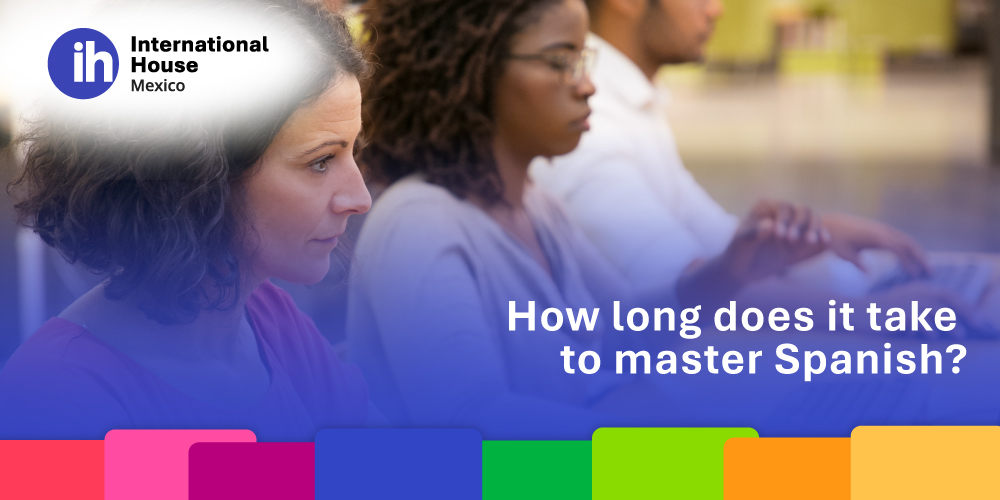
How long does it take to master Spanish?
The question of how long to learn Spanish is one of the most common for new students. It is also one of the most difficult to answer with a single number. The journey to mastering a new language is unique for every individual. It depends on a wide variety of factors, from your native language to the amount of time you can dedicate each week. However, we can provide a realistic framework. This guide will help you understand the different stages of fluency. It will also outline the key elements that influence the speed of your progress. This will allow you to set achievable goals for your language-learning adventure in Mexico.
Defining your goal: what does “mastery” mean to you?
Before calculating the time, you must define the destination. “Mastering” Spanish can mean different things to different people. For one person, it might be the ability to have a simple conversation while traveling. For another, it could mean delivering a business presentation or reading classic literature.
Using the CEFR levels for clarity
The Common European Framework of Reference for Languages (CEFR) is a great tool. It breaks down language proficiency into six clear levels. These range from A1 (Beginner) to C2 (Mastery). Most academic and professional institutions consider a B2 level to represent functional fluency. At this stage, you can communicate with native speakers without significant strain. Reaching a C1 or C2 level signifies a much deeper, near-native command of the language. Identifying your target CEFR level is the first step in estimating how long to learn Spanish.
The FSI timeline: a data-based estimate
The Foreign Service Institute (FSI) is the U.S. government’s primary training institution for diplomats. They have published estimates for learning different languages based on decades of data. Spanish is classified as a “Category I” language for native English speakers. This means it is one of the easiest languages to learn.
What the FSI numbers suggest
According to the FSI, reaching professional working proficiency (around a B2/C1 level) in Spanish takes approximately 24-30 weeks. This estimate is based on about 600-750 class hours. However, this intensive schedule assumes the student is in a full-time language program. They are studying for several hours every single day. For the average person studying part-time, the timeline will naturally be longer. This data provides a useful baseline for understanding the hours required.
Key factors that influence your learning speed
Several personal factors will significantly impact how long to learn Spanish. Understanding these elements will help you create a more accurate personal timeline and a more effective study plan.
Your linguistic background
If your native language is a Romance language like French, Italian, or Portuguese, you have a significant advantage. These languages share a large amount of vocabulary and grammatical structures with Spanish. For native English speakers, many Latin-based words will also be familiar. Conversely, if your native language is linguistically distant from Spanish, such as Mandarin or Arabic, the initial learning curve may be steeper. This will require more time to master the foundational elements of the language.
The power of your study method and environment
The way you study and the environment you create are just as important as your background. An effective learning strategy can dramatically accelerate your progress. Choosing the right method is essential for anyone wondering how long to learn Spanish.
Consistency over intensity
Studying for one hour every day is far more effective than studying for seven hours once a week. Consistent, daily practice keeps the information fresh in your mind. It helps transfer new vocabulary from your short-term to your long-term memory. Regular exposure is key to building and maintaining momentum. Even 30 minutes of focused practice each day can make a huge difference in the long run. Creating a sustainable study habit is one of the most important things you can do.
The role of a structured course
While self-study apps are useful, a structured course provides a clear path to fluency. A professional program, like those at International House Mexico, ensures you learn all aspects of the language. This includes grammar, vocabulary, listening, and speaking. Expert teachers can correct your mistakes, answer your questions, and guide you through complex topics. A curriculum designed by professionals takes the guesswork out of learning. It ensures you are building your skills in a logical and efficient order.
Immersion: the ultimate language learning accelerator
There is no faster way to learn a language than to immerse yourself in it. Living and studying in a Spanish-speaking country like Mexico provides constant opportunities for practice. This real-world exposure is the most powerful tool for improving your skills.
Active vs. passive immersion
To make the most of immersion, you must be an active participant. It is not enough to just be in the country. You need to actively seek out conversations. Talk to shopkeepers. Make local friends. Participate in cultural activities. Avoid falling back on your native language. The more you push yourself to use Spanish in your daily life, the faster you will progress. Combining a quality language course with active immersion is the definitive strategy for mastering Spanish in the shortest possible time.
Follow us on our social media:
- Facebook: @ihmexico
- Instagram: @ih_mexico
- X: @ihmexico
- TikTok: @ihmexico
Connect with International House Mexico and be part of a unique learning experience!

